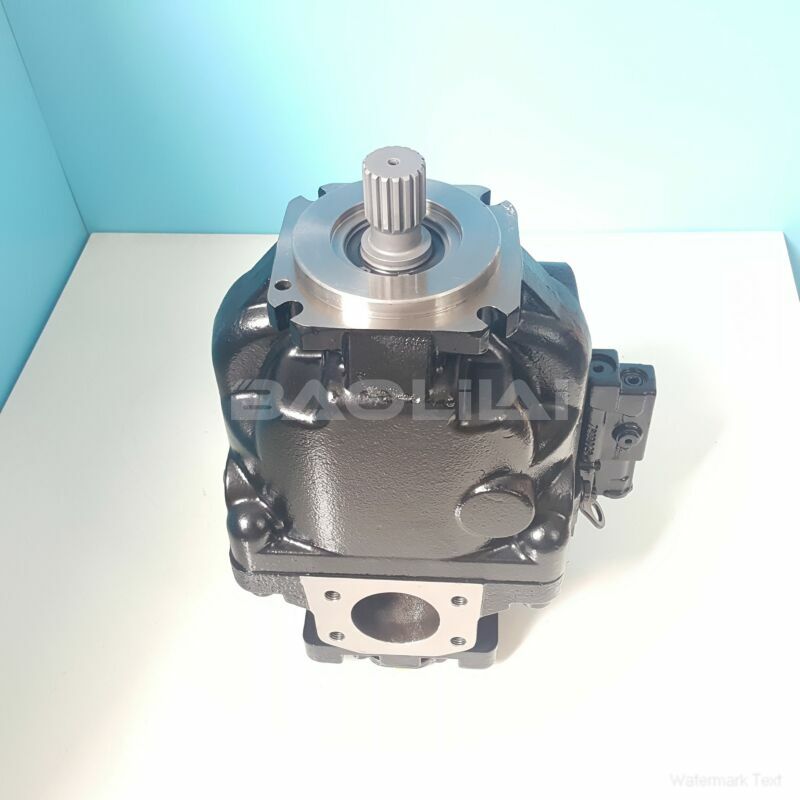ERR130BLS1820NNN3S1RPA1NNNNNNNNNN hydraulic oil pump
ERR130BLS1820NNN3S1RPA1NNNNNNNNNN hydraulic oil pump

- Product Details
- Applicable Scene
In terms of energy efficiency, variable speed pumps have gained popularity in modern HVAC designs. These pumps adjust their operating speed and flow based on real-time demand, reducing energy consumption during periods of low heating or cooling requirements. By integrating variable frequency drives (VFDs) with hydraulic pumps, HVAC systems can achieve significant energy savings while also prolonging the pump’s lifespan due to reduced wear and tear.
ER-R-130B-LS-18-20-NN-N-3-S1RP-A1N-NNN-NNN-NNN
ERR130BLS1820NNN3S1RPA1NNNNNNNNNN
The placement and design of hydraulic pumps within an HVAC system also play a crucial role in system performance. Proper pump selection based on system requirements—such as head loss, flow rate, and fluid type—is essential. Additionally, ensuring that pumps are correctly sized for their application can prevent issues such as cavitation, where vapor bubbles form and collapse within the pump, causing damage and inefficiency.

83033153
Furthermore, routine maintenance of hydraulic pumps cannot be overlooked. Regular checks for leaks, wear and tear, and overall system performance help to ensure that pumps operate efficiently. Systems equipped with monitoring devices can provide valuable data on pump performance, allowing for proactive maintenance and adjustments.
In summary, hydraulic pumps are vital components in HVAC systems, ensuring effective fluid circulation that is essential for thermal management. Their ability to maintain consistent flow, combined with advancements in variable speed technology, positions them as crucial players in promoting energy efficiency and system reliability. By understanding their role and ensuring proper selection, maintenance, and operation, users can optimize HVAC system performance and enhance energy savings.





